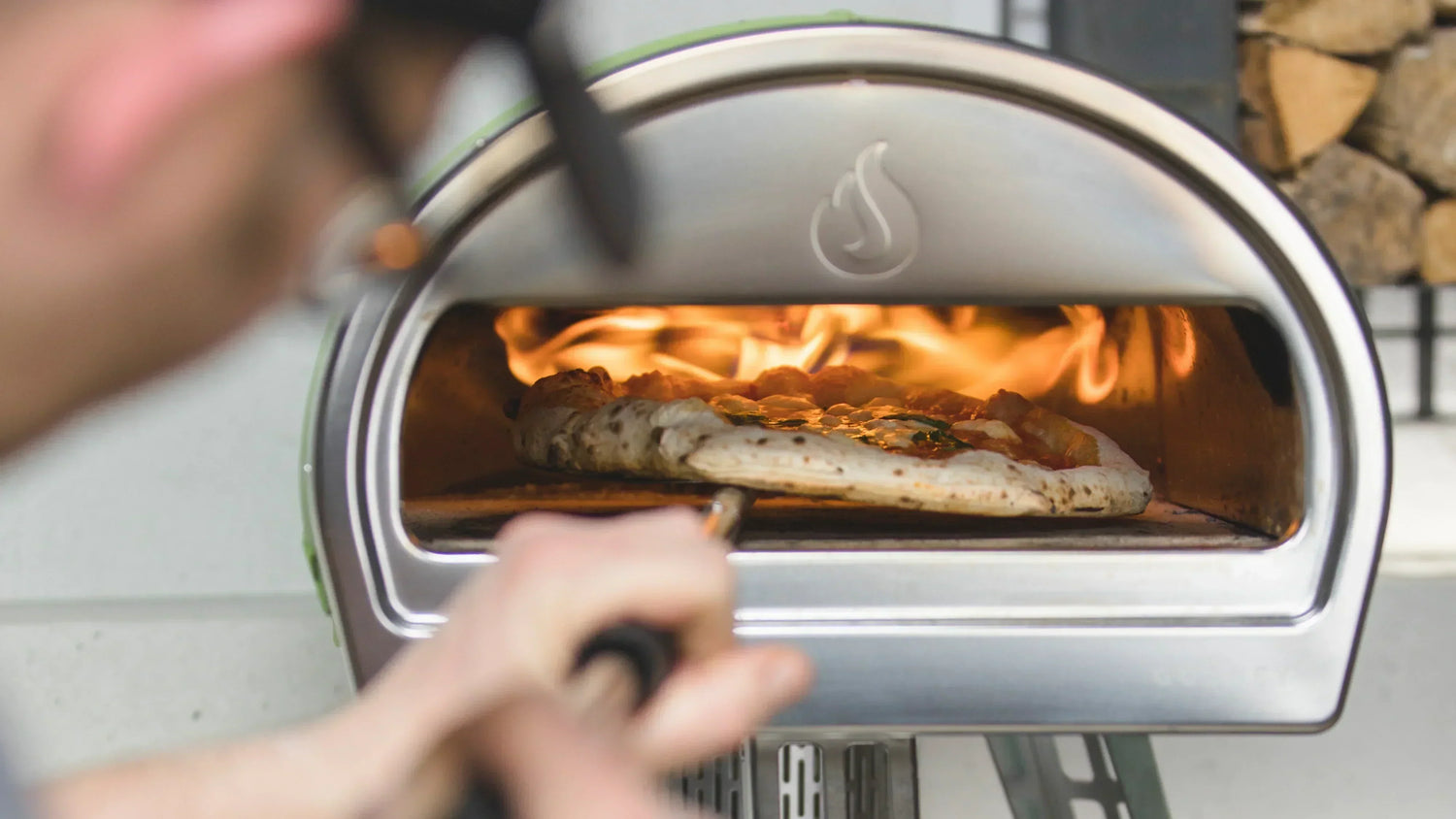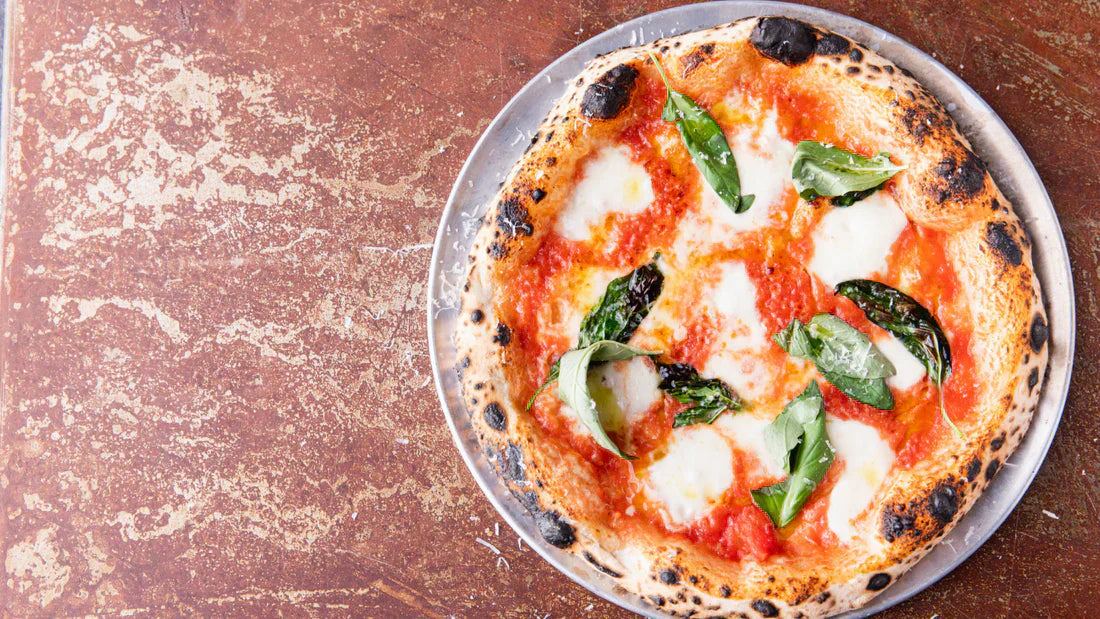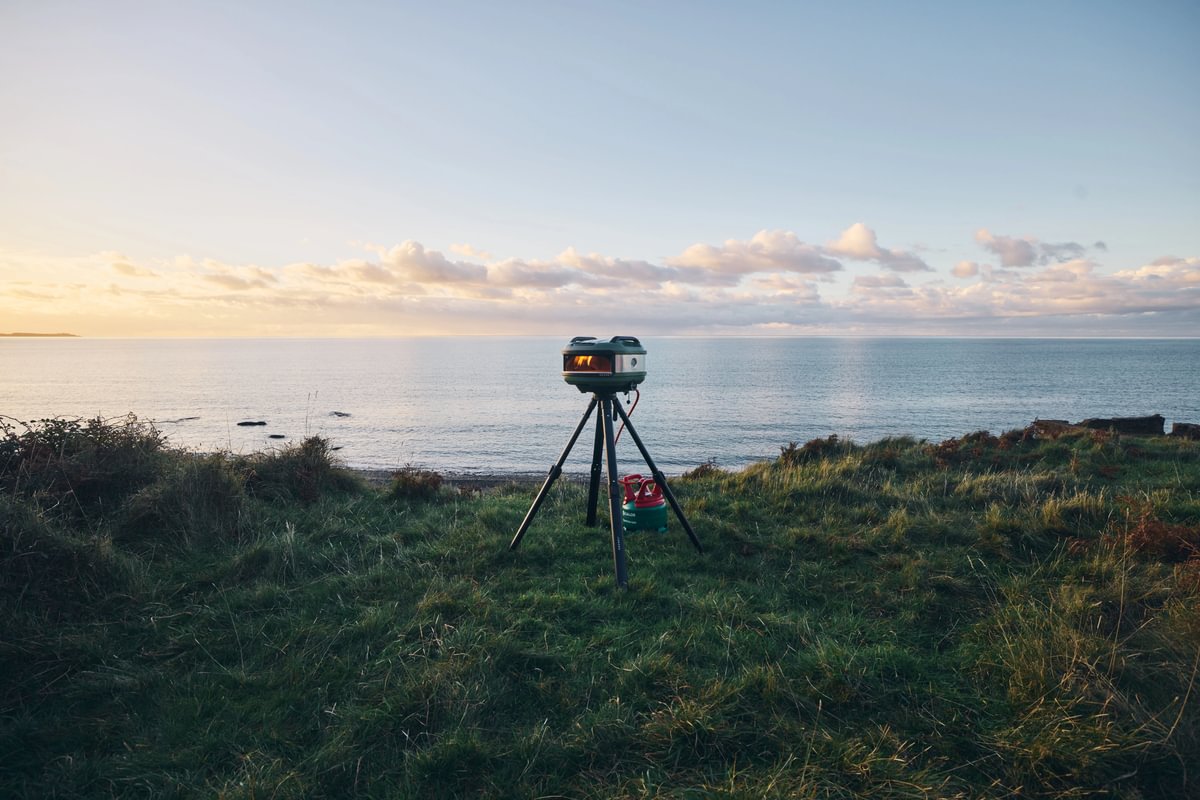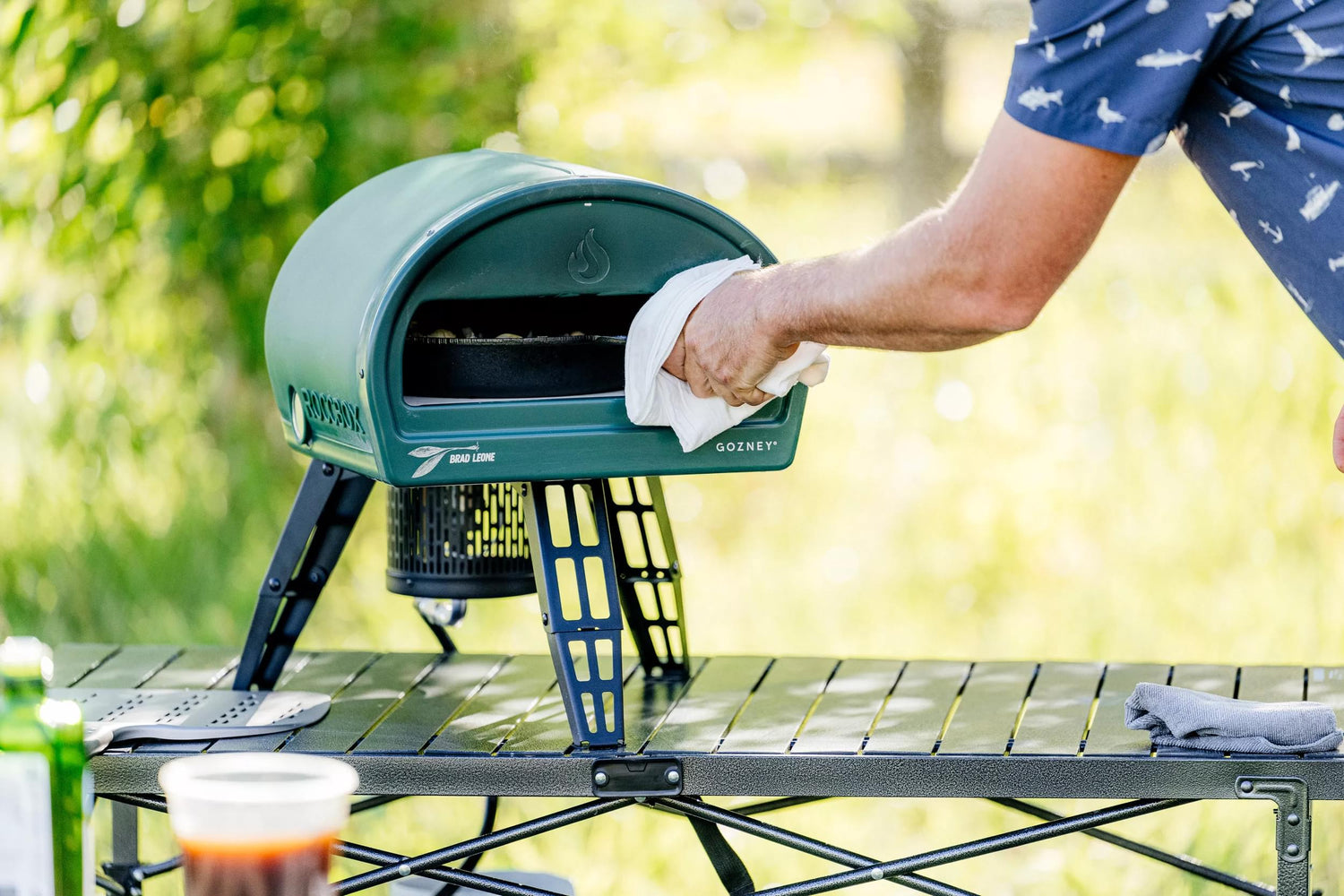You’ve probably seen a lot of recipes out there for Neapolitan pizza dough but what is Neapolitan pizza exactly? With so many Neapolitan pizza recipes out there how do you know which ones are authentic and why?!
Long before every New York corner had a slice joint, before Wolfgang Puck was topping salmon pizza with caviar in California and before every frozen shopping aisle was stocked with approximately 999 versions of exactly the same thing, there was Neapolitan pizza. If we were to create a family tree of pizza styles there would be a clear and obvious head of the family.
The Godfather, if you will.
Once Upon A Time in Naples
Flatbreads of sorts had been being eaten for centuries over much of the world but the lightbulb moment of topping these delicious dough creations with tomatoes and cheese happened in Naples. Many Europeans were initially untrustworthy of the tomato; believing them to be poisonous and throwing them out. But enterprising peasants on the streets of Naples (with no such qualms about the potential death these red fruits could potentially cause) began to devour them on flatbreads and soon enough these (and other differently topped ‘flatbreads’) were available throughout the city.
Word spread throughout Europe as writers and travellers of the late 19th century would look to seek out the poorest parts of the city in hopes of sampling this… this… bread thing! And by the end of the Second World War the secret was well and truly out and pizza was on its way to becoming a global sensation
By the 1980’s some in Naples began to worry that the quality of pizza’s bearing the Neapolitan pizza name weren’t quite up to the standards the city demanded. The US pizza scene formed when first generation Italian immigrants showed America the absolute joy of putting tasty stuff on some dough - before long they were running with it!
Pizza was a worldwide phenomenon and the eyes of Naples were scowling in the direction of the US, appalled at some of these… ‘pizzas’ they were seeing claiming to be Neapolitan!
The Birth Of The A.V.P.N
The Associazione Verace Pizza Napoletana (from now on known as the AVPN to preserve word count), a mysterious, secretive almost mafia-like Italian organisation, was formed in 1984 by a group of pizza chefs to ensure only authentic, approved Neapolitan pizza could be labeled as such.
They began a quest to promote and protect Neapolitan pizza, culminating in earning it protected DOP status in 2004. By encouraging the use of Calibrian ingredients throughout it’s guidelines they not only ensure protection of the traditional methods of making Neapolitan pizza, but for the economy of the home of the pizza itself.
Neapolitan Pizza Crust
To ensure anyone offering a Neapolitan pizza was making theirs correctly, a detailed, scientific 14(!) page pdf document is available on the AVPN website that forbids any oil in the dough at all as well as laying out clear, strict instructions for the stages and processes involved in the dough making.
President of the AVPN, Antonio Pace was quoted as saying “Too often a bad course is passed off as our Neapolitan speciality. Too often the consumer is deceived, that’s why we suggest to set up regulations”.
The AVPN guide suggests (well, demands) “The diameter of the disc should not exceed 35cm. It should be presented as an oven baked product with a raised border (cornicione), the centre covered by condiments”. The Neapolitan pizza crust “should deliver the flavour of well-prepared, baked bread. The consistency of the pizza should be soft, elastic, easy to manipulate and fold.”
The document points out ‘the centre of the pizza should be particularly soft to the touch and taste’ which is why Neapolitan pizza will sometimes be referred to as a ‘knife and fork’ pizza or as being ‘soupy’; both desirable qualities according to the AVPN.
To achieve the correct appearance and texture of the pizza the document says it should be baked for no longer than 90 seconds at a temperature of 905f/485c, hence the need for a specialist pizza oven. Thankfully, fuel type is less strict and you could make a traditional Neapolitan pizza using gas in your Gozney Dome or Roccbox.
How to make Neapolitan pizza
Would you like to make a true a Neapolitan pizza at home? First you have to make sure you have the right tools. Check out our simple pizza dough recipe. However, if you are feeling adventurous, here are some amazing Neapolitan pizza variations for you to try.
Canotto Pizza

Canotto (or ‘dinghy’!) style pizza is characterised by it’s large, almost inflated looking airy crust.
Caputo, the Italian flour masters, have barely changed their blue bag, Neapolitan flour since 1889- until now! Their new ‘Nuvola’ flour is designed to create incredibly canotto pizzas and here is our recipe incorporating a poolish preferment to product an airy, incredibly crumbed crust with the most insane flavour profile!
Look at our Canotto pizza recipe and give it a go!
Marinara Pizza

Marinara pizza is a perfect example of the joyous simplicity of Neapolitan pizza; no cheese, no frills, just really good flavours working super well together!
See our Marinara pizza recipe.
Calzone Pizza

Everything you love about a traditional pepperoni, in a calzone. Learn how to make this super quick, super simple and delicious, pepperoni Calzone with Ines.
Pizza Margherita

Learn how to make a classic pizza Margherita with the one and only Mike Fitzick aka @pizza_jew.
Did you know the first Neapolitan pizza was the Margherita pizza?
It was named after Queen Margherita of Savoy, who visited Naples in 1889. The story goes that the queen wanted to try the local pizza, and a famous pizza maker named Raffaele Esposito created a pizza with the colours of the Italian flag: red (tomatoes), white (mozzarella), and green (basil). The queen loved the pizza, and it became known as the Margherita pizza.
Feeling inspired? Fire up your Gozney Pizza Oven and get ready to rock a Neapolitan style pizza this weekend.








